MIT team exploring using LOHCs directly on-board hydrogen-fueled trucks
Green Car Congress
SEPTEMBER 10, 2023
A team of MIT researchers led by William H. —Prof Green To implement such a design, the team aims to modify the truck’s powertrain to allow onboard hydrogen release from the LOHCs, using waste heat from the engine exhaust to power the dehydrogenation process. Proposed process flow diagram for onboard dehydrogenation.




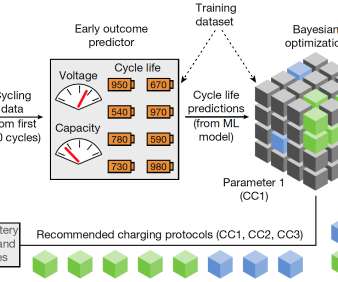
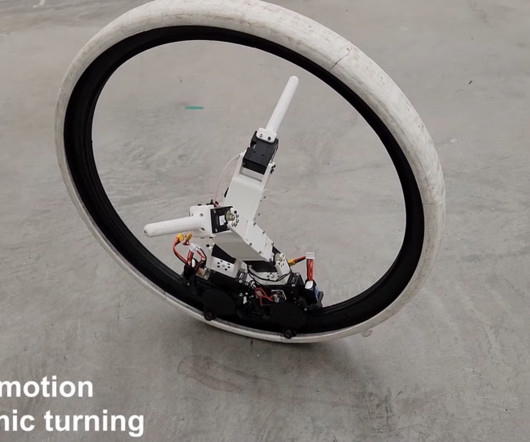




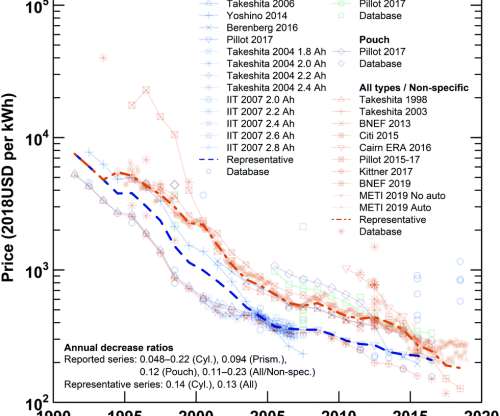
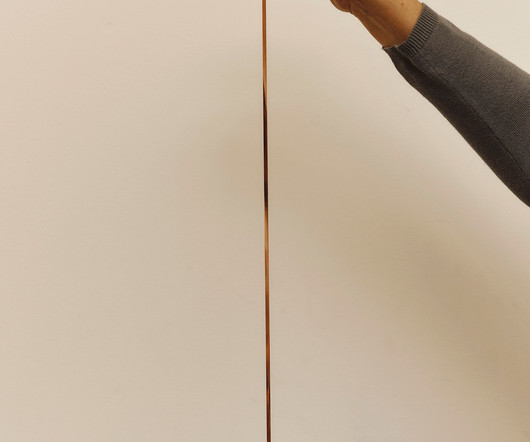





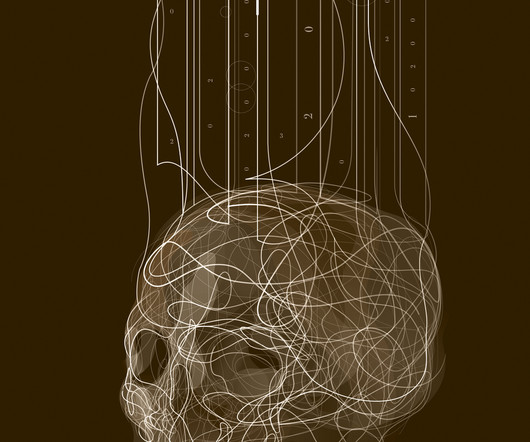


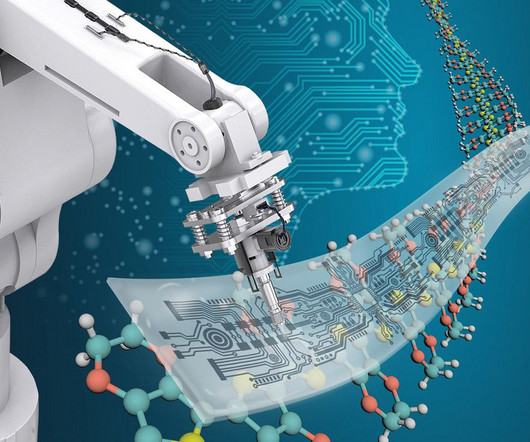









Let's personalize your content